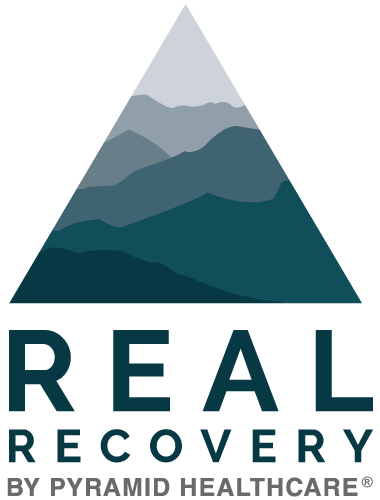You are probably familiar with Xanax (generic brand name alprazolam) as a medication used to treat generalized anxiety and panic disorders. It is a relatively common drug and is widely prescribed to those who experience symptoms of these mental health conditions.
But even though Xanax is commonly used, the drug comes with a boxed warning label and cautionary instructions. Routine Xanax use not only increases an individual’s risk for developing a substance use disorder, but can lead to fatal overdose if used improperly or in combination with other substances.
Xanax risks
Xanax prescriptions come with the risk of developing dependence and/or forming a substance use disorder. Xanax, in the process of treating the anxiety and panic disorders it is prescribed to address, works on the central nervous system (CNS) as a depressant to minimize the anxious and paranoid thoughts to benefit the patient.
But this slowing down of the CNS is a sensation that becomes addicting; the release of feel good chemicals may cause the individual to want to experience this effect more often, leading to behaviors like increasing one’s medication without doctor approval or using Xanax in combination with substances like prescription opioids or alcohol.
The full boxed warning for Xanax is as follows:
- “Concomitant use of benzodiazepines and opioids may result in profound sedation, respiratory depression, coma, and death. Reserve concomitant prescribing for use in patients for whom alternative treatment options are inadequate. Limit dosages and durations to the minimum required. Follow patients for signs and symptoms of respiratory depression and sedation”
- “The use of benzodiazepines, including XANAX, exposes users to risks of abuse, misuse, and addiction, which can lead to overdose or death. Before prescribing XANAX and throughout treatment, assess each patient’s risk for abuse, misuse, and addiction”
- “Abrupt discontinuation or rapid dosage reduction of XANAX after continued use may precipitate acute withdrawal reactions, which can be life-threatening. To reduce the risk of withdrawal reactions, use a gradual taper to discontinue XANAX or reduce the dosage”
By alerting patients to the risks associated with Xanax consumption, the potential for overdose can be addressed and, potentially, avoided. The more patients know to not increase Xanax dosing on their own, to avoid using it in combination with alcohol and opioids (i.e. other CNS depressants) and maintain the lowest effect dose, the better the risk of overdose is controlled.
How many Xanax does it take to overdose?
Xanax for generalized anxiety disorder is dosed out to patients in relatively small amounts, usually starting around 0.25mg to 0.5mg three times daily, with the potential to slowly increase the dose up to 4mg total a day. For panic disorders, Xanax may be prescribed starting at 0.5mg and slowly increased if needed.
It is always best practice to take the lowest effective dose to prevent tolerance from building and addiction from forming.
Xanax overdose occurs when you take a higher milligram dose than what the kilograms of your body weight can effectively tolerate. This means Xanax overdose (on Xanax alone) requires an extremely high dose; Xanax overdose is also dependent on individual factors, including age and weight, previous medical history and how your body metabolizes the medication.
Additionally, if Xanax was taken in combination with alcohol or opioids – both central nervous system depressants – the body may be forced into a state of such sedation like respiratory and cardiac action is slowed to the point of stopping. This combining of substances is where Xanax becomes especially harmful.
So, ultimately, whether an individual can overdose on Xanax alone is relatively individualized, but more often seen when used in combination with additional medication/substances.
Signs of Xanax overdose
When a person overdoses on Xanax and/or a combination of CNS depressants, certain signs are likely to present themselves, including:
- Ataxia – impaired communication and movement
- Breathing that is slowed or entirely stopped
- An altered mental status, including difficulty processing information, increased confusion or trouble communicating with those around them
- Slurred speech
- Dizziness
- Hallucinations
- Slow reflexes
- Tremors and/or seizures
- Coma
If you notice a loved one experiencing any of these symptoms and know they have been using Xanax (or any other benzodiazepine medication), it is important to prevent their condition from worsening by calling for medical help immediately.
In need of help for Xanax misuse?
If you have been prescribed Xanax and are struggling to properly adhere to your prescription instructions, it may be in your best interests to seek intervening medical and mental health help. To get in touch with a counselor who can work with you during this journey, contact Real Recovery by calling 855-363-7325 or by contacting us online to learn more.





